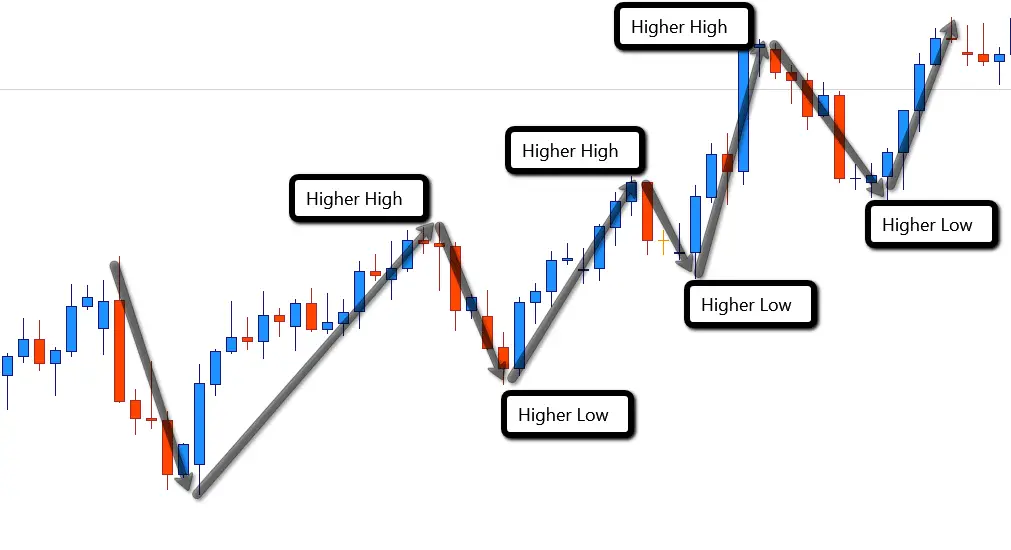As frequent international travelers, we’re always looking for convenient and cost-effective ways to manage our currency exchange. Forex cards have emerged as a popular option, offering a host of advantages. Yet, one aspect that often goes unnoticed is the markup associated with forex cards.

Image: unipayforex.com
Understanding the markup and its potential implications is crucial for informed decision-making. In this article, we’ll delve into the world of forex cards, exploring the concept of markup, sharing tips for minimizing its impact, and providing insights into the latest trends and developments in the industry.
Uncover the Markup: A Hidden Cost of Forex Cards
Forex card markup refers to the additional fee charged by card issuers when you load currency onto the card or make a transaction. It’s typically expressed as a percentage of the transaction amount. The markup varies from provider to provider and can range from 1% to 5% or more.
While the markup may seem insignificant, it can accumulate over time, especially if you’re a frequent traveler. Therefore, it’s essential to be aware of the markup associated with the forex card you choose and factor it into your budgeting.
Mastering Markup: Tips for Minimizing Its Impact
Understanding the markup is one thing, but minimizing its impact is another. Here are some valuable tips to help you save money on forex card transactions:
- Compare different providers: Before committing to a forex card, compare markups from different issuers. Choose the card with the lowest markup to maximize savings.
- Load larger sums: The markup is often calculated as a percentage of the transaction amount. Hence, loading larger sums less frequently can help reduce the overall markup cost.
- Avoid ATM withdrawals: ATM withdrawals on forex cards typically incur a higher markup compared to other transactions. Use ATMs sparingly and opt for other withdrawal methods like over-the-counter withdrawals at banks.
- Use local currency: Whenever possible, try to make purchases in the local currency. This eliminates the need for currency conversion and hence reduces the markup.
Exploring the Evolving Landscape of Forex Cards
The forex card industry is constantly evolving, with new players entering the market and existing providers introducing innovative features. Here are some of the latest trends and developments to watch out for:
- Contactless and mobile payments: NFC technology is becoming increasingly common in forex cards, allowing for effortless tapping to pay at contactless terminals.
- Multi-currency cards: These cards allow you to hold multiple currencies in a single account, which can be convenient for travelers who frequently visit different countries.
- Rewards and loyalty programs: Some forex card issuers offer rewards points or cash back for transactions, similar to credit card loyalty programs.

Image: satguruagroresources.com
Unlocking Value with Forex Cards: Expert Advice
Whether you’re a seasoned traveler or a first-time user, consider these expert tips for getting the most out of your forex cards:
- Set a budget and stick to it: Forex cards can be a fantastic way to manage your travel expenses, but it’s essential to set a budget and track your spending to avoid overspending.
- Notify your bank before traveling: Inform your bank about your travel plans to prevent your card from being blocked for suspicious activity.
- Keep your card safe: Forex cards are essentially a form of cash, and losing or having them stolen can be a costly experience. Keep your card secure and consider carrying a backup payment method.
- Explore alternative options: While forex cards provide many benefits, they may not be the best option in every situation. Consider other currency exchange methods like cash, wire transfers, or even cryptocurrencies.
The Forex Card FAQ: Answers to Common Questions
Q: What is the difference between a forex card and a credit card?
A: Forex cards are prepaid cards specifically designed for international currency exchange. They differ from credit cards as they don’t allow you to borrow money or spend more than what’s loaded onto the card.
Q: Are forex cards safe to use?
A: Yes, forex cards are generally safe to use as they offer similar security features to debit and credit cards, including fraud protection and chip-and-PIN technology.
Q: Can I use forex cards anywhere?
A: Most forex cards are accepted worldwide at ATMs and payment terminals that display the card network’s logo (e.g., Visa, Mastercard).
Q: Do forex cards expire?
A: Yes, forex cards typically have an expiration date, usually around 2-5 years from the date of issue.
Mark Up On Forex Cards
Embrace Informed Travel with Forex Cards
Navigating the world of forex cards requires a blend of understanding, smart decision-making, and informed choices. By delving into the markup, exploring the latest trends, and heeding expert advice, you can unlock the benefits of forex cards while minimizing potential costs. Remember, knowledge empowers financial savvy and ultimately leads to more rewarding and cost-effective travel experiences.
We hope this article has shed light on the intricacies of forex card markups and provided you with valuable insights. If you have any specific questions or would like to further explore the topic, please do not hesitate to reach out to us. Happy travels and informed financial decisions!






